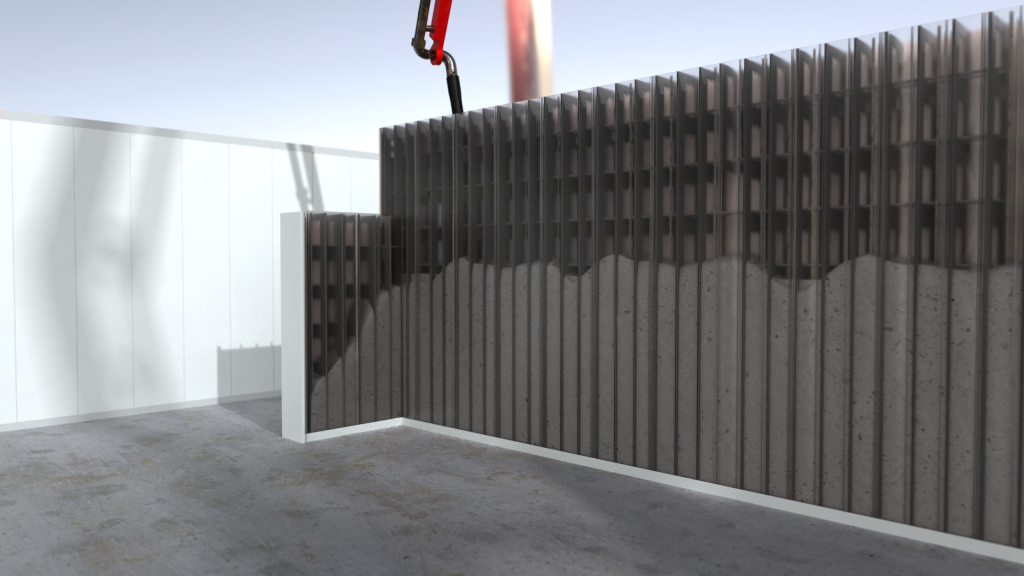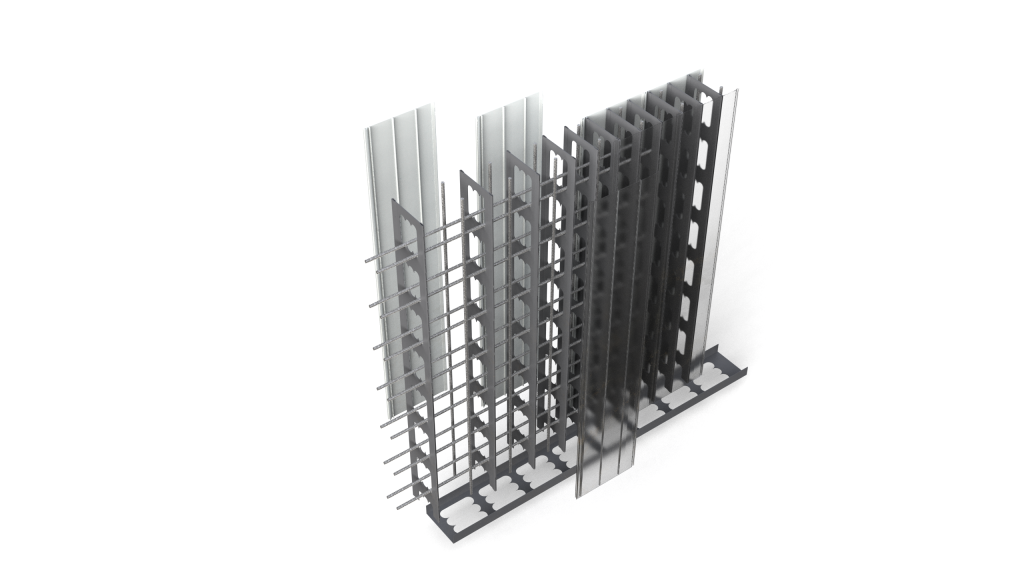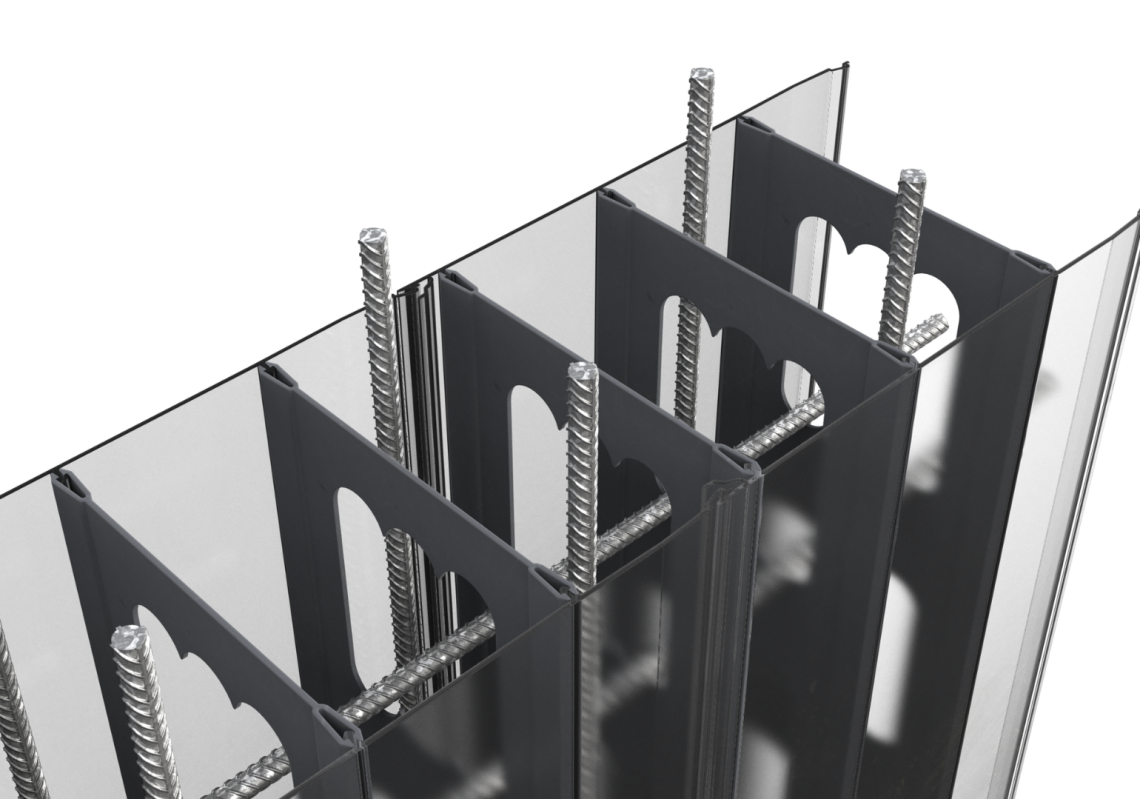When New South Wales Building Commissioner David Chandler was appointed in 2020, he wasted little time in declaring war on the widespread sub-standard practices that, he claimed, had reduced community confidence in how buildings are designed and constructed.
Two years later, he revealed that he’d found only 60 per cent of developers to be trustworthy.
“The next 20 per cent were well-intended but may not have had the skill sets to do what they were doing, so if you took your eye off them, they may do something silly,” Chandler said.
“It’s the next 20 per cent that I’ve been focusing on. They’re the ones over-represented in the number of buildings with serious defects, but I think they’re realising that’s not the way home anymore.”
He’d personally uncovered a number of faults at building sites he’d inspected, while many more had only been discovered after construction had concluded, rendering them uninhabitable and meaning expensive remediation work was necessary.
A campaign helping engineers
A report by Equity Economics last year estimated that the cost of addressing structural and safety defects in buildings nationwide would be at least $6.2 billion.
Chandler’s campaign is having a positive effect, but much more needs to be done, according to Terry Doulaveras, a construction industry expert and Managing Director of a new family firm about to make life a whole lot easier for structural engineers and builders.
Clearform launched a year ago with a revolutionary PVC stay-in-place formwork system with transparent panels. They allow all stakeholders to look inside and instantly spot deficiencies such as voids that the concrete has failed to fill.

“The industry is plagued with inconsistencies and compliance issues,” Doulaveras told create. “When concrete goes wrong, it really goes wrong, so to go back and fix a failed concrete element is an extremely expensive exercise.
“Chandler is shaking the tree loose of dodgy builders and shoddy practices where it’s usually the owner who’s left holding the baby.”
Filling the void
Until now, there’s been no way of knowing whether the concrete poured into a wall unit had completely filled the space or left a series of gaps without resorting to X-rays that cost thousands of dollars.
Even a relatively small void can lead to considerable structural deficiencies that would need to be rectified. In many such cases, the entire wall has to be removed.
“Only recently, there was a case where the concrete poured into a stay-in-place system clotted half way down,” Doulaveras said. “But because it was impossible to see inside, no one knew it had happened.
“It was only when the building inspector insisted on an X-ray to grant compliance that it was identified. The whole thing had to be demolished and rebuilt, which would have cost them up to $250,000.”
Sustainability and cost savings
Clearform’s lightweight panels, which are made with 43 per cent recycled materials, clip together quickly and easily onsite and can be painted, acrylic rendered, cladded or simply left as is.
“It’s the only product of its kind in the world and will transform the entire industry,” Doulaveras said. “Engineers love it as they’ve been battling inspection issues with concrete for years. Now they can see for themselves if what’s in place is how it was actually designed.
“The cost savings and sustainability benefits stack up over time, as walls can be installed three times faster, retrospective remedial work is eliminated, compliance becomes a breeze, and the panels can be inspected at any time, even years later.”

Doulaveras realised as soon as Chandler launched his campaign against poor standards that the revolutionary panels would be a gamechanger. He’s already engaged with clients in New South Wales and is planning a national roll out this year.
The reaction from one customer is an indication of just how seismic the impact could be.
“I spoke to an installation team on a high-profile job and asked them for feedback,” Doulaveras remembered. “They said, ‘It’s fantastic and terrible! Fantastic that you can see inside, but terrible that once you’ve seen it you can’t unsee it. There’s nowhere to hide anymore – everything must be done by the book.’”
Find out more about Clearform, Australia’s only transparent PVC stay-in-place formwork system.




